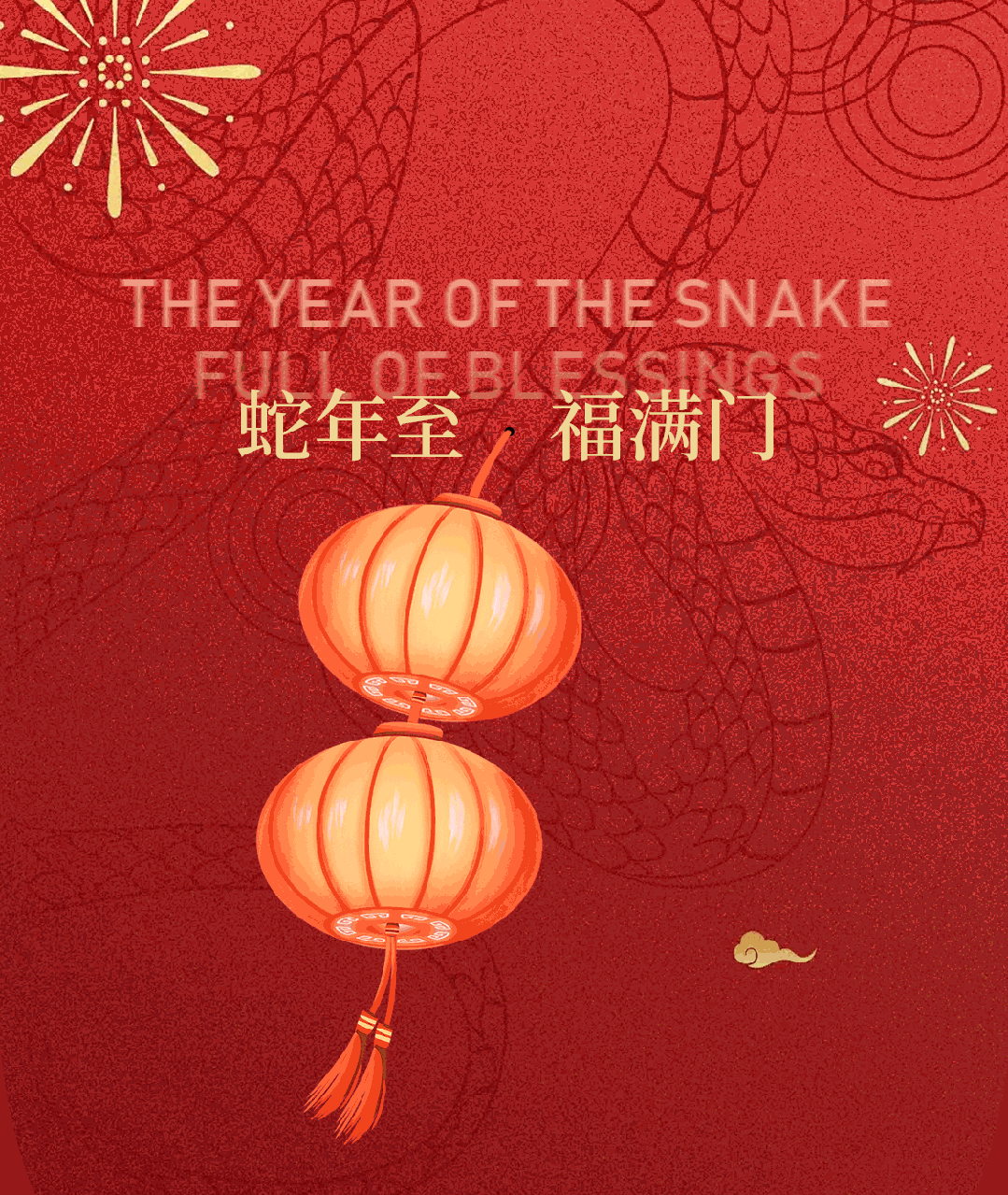
Intangible cultural heritage is the carrier of the unique cultural genes of the Chinese nation, embodying the national spirit and demonstrating the continuity of culture.
In today's era of vitality and innovation, ERA has always adhered to its original intention and upheld the mission of promoting traditional culture,
so that inheritance and craftsmanship can be passed down from generation to generation.
As a company that grew up in Taizhou, ERA has a deep and unique understanding of the charm and value of Taizhou's intangible cultural heritage.
In the first "intangible cultural heritage version" of the Spring Festival, ERA used craftsmanship as a pen and video as a medium to deeply search for
Taizhou intangible cultural heritage craftsmen, record their perseverance and inheritance, and help ancient skills shine in the new era, so that more people, especially young people,
can see and love intangible cultural heritage and devote themselves to the inheritance of intangible cultural heritage.
Taizhou, the first stop to protect intangible cultural heritage
Taizhou, a city with profound cultural heritage, intangible cultural heritage is like an endless river, flowing in the daily life of Taizhou people, nourishing their spiritual world,
and also permeating the cultural connotation of ERA, leading ERA to stick to craftsmanship, inherit and develop, and continue to innovate on the road ahead, embracing the world.

In this ancient and vibrant land, countless brilliant cultural treasures have been nurtured. Intangible cultural heritage skills such as Huangyan paper-cutting,
needle-pierced boneless lanterns, and sweet potato cakes carry the wisdom and emotions of the people of Taizhou and are an indispensable part of Taizhou culture.
ERA chose to carry out intangible cultural heritage dissemination activities in Taizhou, the place of its founding, not only because of its deep affection for this land,
but also because it is well aware of the unique value and charm of Taizhou's intangible cultural heritage. With a deep love for the culture of his hometown, With the love of culture,
ERA hopes to use its own brand influence to let more people understand Taizhou intangible cultural heritage, appreciate the unique charm of Taizhou culture,
and let Taizhou intangible cultural heritage regain vitality in the new era.

Pay tribute to intangible cultural heritage and inherit craftsmanship
During the Spring Festival, ERA carefully launched Taizhou intangible cultural heritage videos to pay tribute to the craftsmen's inheritance and craftsmanship.
These videos not only show the exquisiteness and uniqueness of intangible cultural heritage skills, but also convey the love and persistence of intangible cultural heritage
craftsmen for traditional skills.

Paper-cutting is one of the representative elements of the Spring Festival. With a history of more than a thousand years, Taizhou paper-cutting has unique local characteristics.
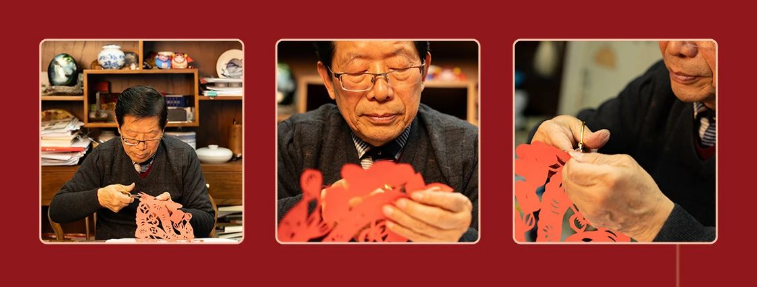
Mr. Shen Lei, vice president of the Paper-cutting Branch of the China Cultural Promotion Association, director of the Paper-cutting Art Committee of the Zhejiang Folk Association,
and representative inheritor of Zhejiang Intangible Cultural Heritage Huangyan Paper-cutting, made a special appearance in the video to open up a new world of paper-cutting art for us.
Under the lens, the red paper shop At the exhibition, Teacher Shen's wrinkled hands picked up the scissors, flying up and down, and the red paper flowed lightly at his fingertips.
After a while, a beautiful paper-cut work appeared before his eyes.
One knife, one paper, one ingenuity, 50 years have passed in a flash. The award certificates and trophies on the walls of the room witnessed Teacher Shen's hard learning from
his youth to his brilliant achievements today. "Let this art be passed on and let more people see the charm of paper-cutting." With this belief, he has adhered to this skill to this day.
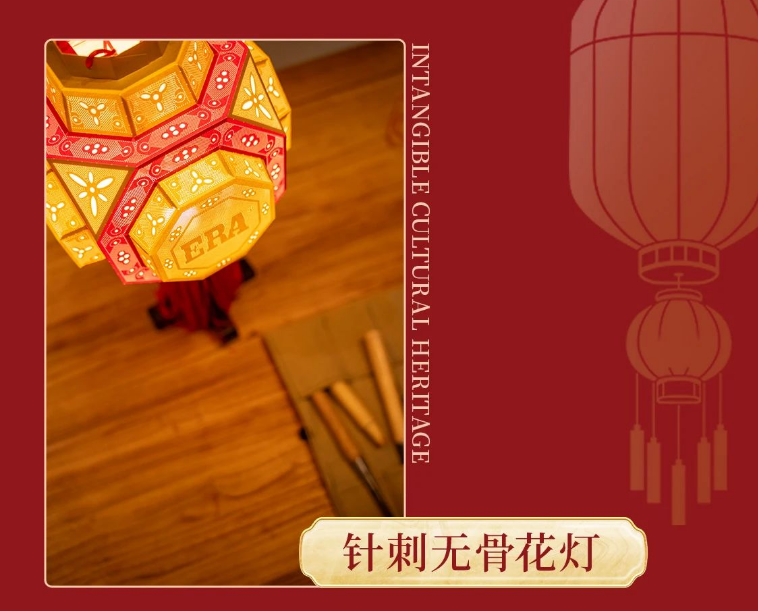
Xianju needle-pierced boneless lanterns originated from the traditional Chinese festival Spring Festival. It has a history of more than 1,300 years and is known as the pearl of
the sea of lanterns and the first lantern in China.

This time, we saw a young figure. In front of a wide range of lantern making materials, Fang Kangzhe was skilled and exquisite, the needle cone rose and fell,
and the dense needle holes quickly showed the pattern.
From material selection, cutting to assembly and decoration, every step is meticulous, which requires not only patience but also persistence.
As a post-00s, Fang Kangzhe was deeply influenced by his grandmother, Wang Rulan, the representative inheritor of the needle-pierced boneless lantern,
and has a special feeling for intangible cultural heritage. Wang Rulan has been engaged in the production of Xianju boneless lanterns for more than 60 years.
She inherited the essence of traditional lantern making and formed a unique regional lantern art style in lantern patterns and modeling design,
with strong traditional cultural expressions. Fang Kangzhe's joining us makes us feel the influence of intangible cultural heritage among young people,
and also allows us to see that the fire of inheritance is slowly ignited.
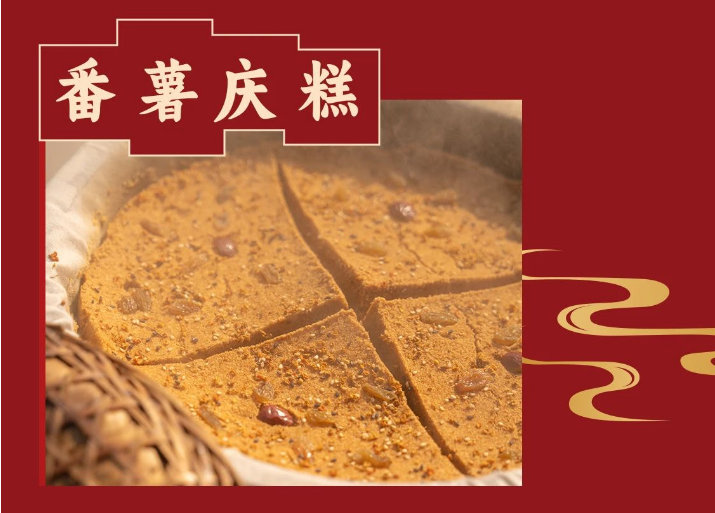
In the mountainous area in the northwest of Huangyan, there is a simple pastry-"sweet potato celebration cake".
It is an indispensable special snack on the table of local people's New Year celebrations, weddings and funerals.
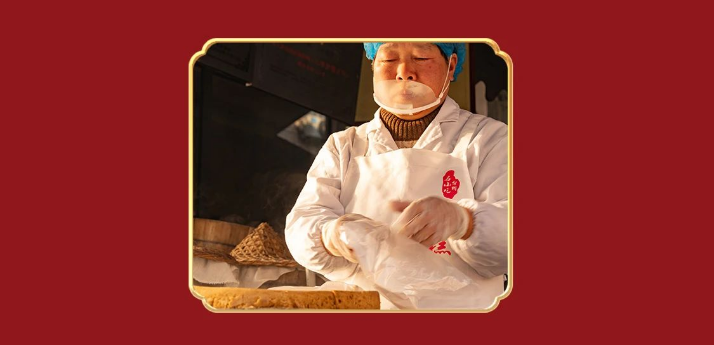
As the steam rises, a cake craftsman begins to make it. He carefully selects high-quality glutinous rice, washes and soaks it repeatedly to ensure that each grain of
glutinous rice is full and white, and strictly controls the heat and time to make the glutinous rice slowly become soft, sticky and sweet in the steam. Open the steamer,
and pieces of sweet and soft Qinggao appear in front of you.
It takes more than 20 years to make a piece of Qinggao. They stick to the traditional production process, not only to pass on the family's craftsmanship,
but also to let more people taste the authentic Taizhou Qinggao and feel the traditional New Year flavor of Taizhou.
Craftsmanship
During the Spring Festival, the time of reunion, Huangyan paper-cutting, needle-pierced boneless lanterns, sweet potato Qinggao and other
Taizhou intangible cultural heritages have been passed down by generations of craftsmen, so that the reunion year still retains the unique New Year flavor.
We have seen their craftsmanship, and we want to let this craftsmanship spread, so that more people can appreciate the charm of the skills thousands of years ago.
This is ERA's expectation and the cause that ERA has always insisted on.

For many years, ERA has actively participated in public welfare and shouldered corporate social responsibility. Adhering to the concept of actively serving and giving back to the society,
the ERA Charity Foundation was established to provide donations and support to poor students every year, invest in cultural activities, subsidize campus construction,
and provide solid support for social and cultural construction. With its brand influence, ERA has brought agricultural products to all parts of the country,
helping farmers increase their income and become rich.
As an important part of the ERA IP "Endless" intangible cultural heritage protection plan, ERA allows more people to see the cultural connotation of Taizhou's craftsmanship inheritance.
Countless Taizhou craftsmen have used their lives to protect intangible cultural heritage, and generations of inheritors are the lifeline of intangible cultural heritage,
allowing ancient culture to remain full of vitality through time. In the future, ERA will continue to inject new vitality into the inheritance and development of intangible cultural heritage,
and contribute ERA's strength to the inheritance of Chinese national culture.